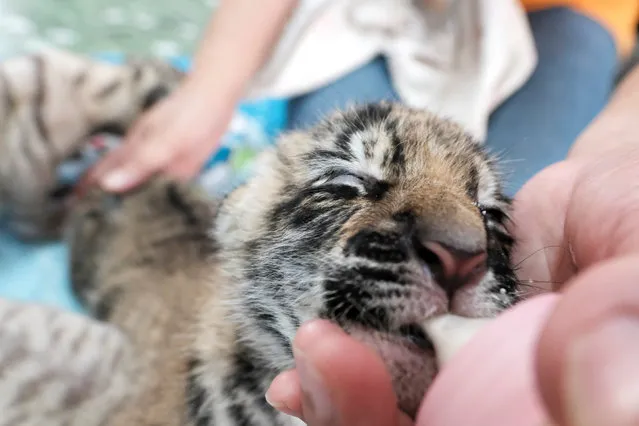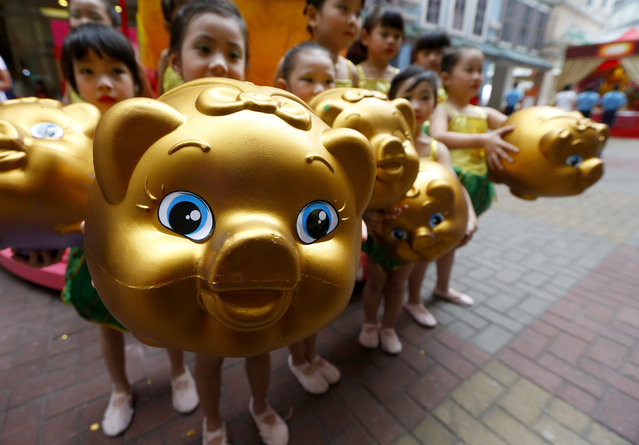
A boy plays with a dragon-shaped puppet as he walks with his parent at Sydney CBD ahead of the Lunar New Year on February 09, 2024 in Sydney, Australia. Lunar New Year, also known as Chinese New Year, is celebrated around the world, and the Year of the Wood Dragon in 2024 is associated with growth, progress, and abundance, as wood represents vitality and creativity, while the dragon symbolizes success, intelligence, and honor. (Photo by Roni Bintang/Getty Images)
22 Mar 2024 06:16:00,post received
0 comments







